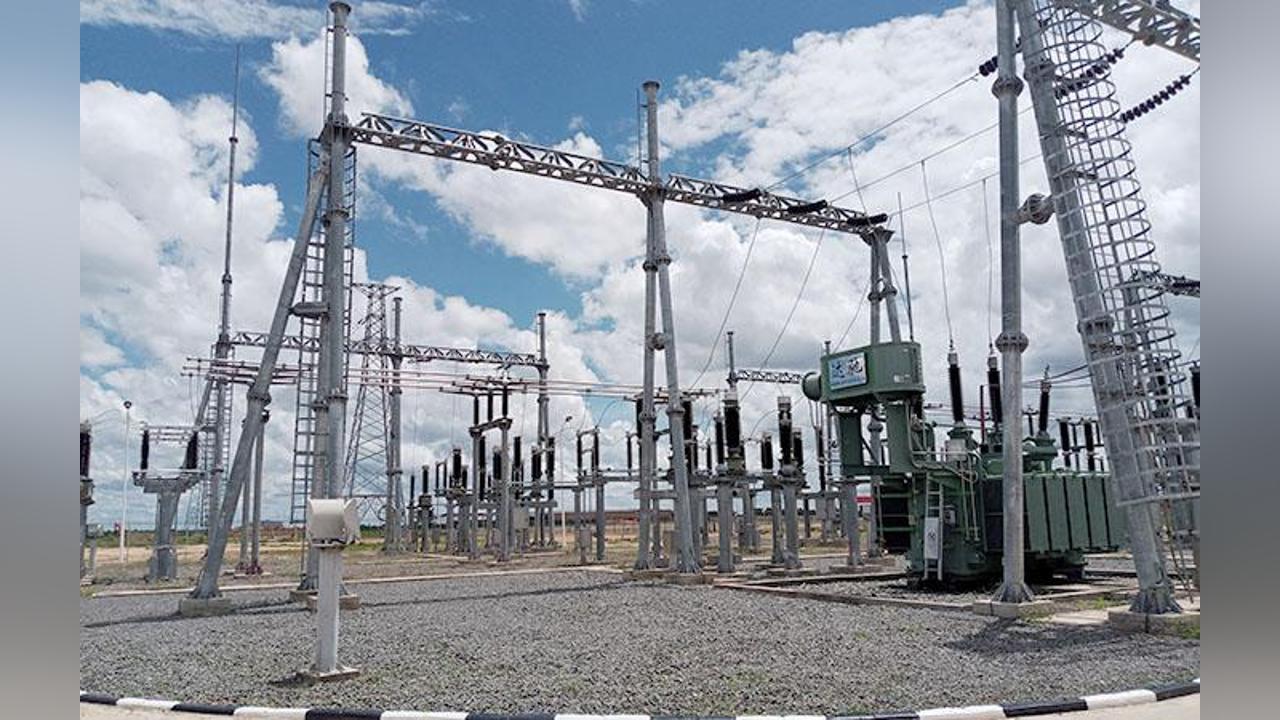Africa-Press – Angola. The strategic plan for the electrification of the country, drawn up by the Executive, is focused, for the next five years, on serving six million Angolans in the South and East regions.
To this end, the sector is committed to interconnecting the Center and South regions via the provinces of Huambo and Huíla (Lubango) and the East, via the Capanda hydroelectric plant, located in the province of Malanje, taking into account the surplus in electricity production (5.6 thousand megawatts).
For the project in the East, in particular, according to data from the Ministry of Energy and Water (MINEA), a line has been mobilized that will make it possible to cover the three provinces in the East, namely Lunda Norte, Lunda Sul and Moxico, also including the provinces of Bié and Malanje.
For the electrification of the southern part, which includes Namibe, Huíla and Cuando Cubango, there is an investment about to be approved, according to the holder of the Energy and Water portfolio, João Baptista Borges.
“The important thing now is to take the production of electricity to the South and East of the country, where diesel is still used for energy production”, said João Baptista Borges, stressing that population growth required the construction of undertakings capable of serving to the needs of more than 30 million Angolans.
In addition to the focus on electrifying those regions of the country, in general, MINEA predicts that by 2025 half of the Angolan population will have access to electricity.
This objective will be achieved, according to Minister João Baptista Borges, by executing one million and 700 thousand home connections, that is, 370 thousand connections per year, throughout the national territory.
The Angolan population is currently estimated at at least 33 million inhabitants, according to the National Statistics Institute (INE), and MINEA data indicate that 42.8 percent of the country’s population already has access to electricity.
“At the moment, the country is doing well in the production of electricity, but there are constraints in the field of transmission and distribution, said the minister of the sector recently, on the occasion of the visit of the President of the Republic to Caculo Cabaça – the largest hydroelectric project ( 2,127 thousand Megawatts) under construction in the country.
Hydroelectric plants in the country
Currently, the country’s water sources are supported by about 10 hydroelectric dams: Cambambe, Mabubas, Capanda, Luachimo, Biópio, Luquixe, Lomaum, Gove, Matala and Laúca, in addition to Caculo Cabaça, whose works started in 2017.
With regard to thermal energies, data from the Electricity Production Company (PRODEL) indicated the existence, in its production park, of 42 power stations, of which seven turbine power plants, characterized by using turbines as primary machines for driving the Alternator Rotors.
Regarding hybrid sources, the only existing reference in the country has to do with the Soyo Combined Cycle, which has an installed capacity of 750 MW.
Also part of the country’s energy matrix are solar sources that produce 300 megawatts in Benguela province, according to statements by minister João Baptista Borges on 14th of this month.
Meanwhile, there are wind power projects underway in the country, such as the one being built in Namibe province, in the southwest region of Angola.
The country’s current capacity already exceeds 5,630 megawatts three years ago, as well as its demand, both domestic and industrial, which stood at 1,957 MW in the same period.
With the exception of Caculo Cabaça, which will be completed in 2028, but its first turbine will start operating in 2026, with a capacity of around 530 Megawatts, Laúca, in full operation since 2020, is currently the largest hydroelectric power plant in Angola .
This plant is located in the province of Malanje and produces 2,070 megawatts of electricity, more than half of the total electricity produced in the country.
World Energy Day (May 29)
The date was created in 1981, in Portugal, by the Directorate General for Energy and Geology, with the aim of raising awareness and motivating people about the need to save energy, in addition to warning about its environmental impacts and the importance of preserving the environment. natural resources.
The ephemeris is also important to promote renewable energies. And, in this context, Angola plans to raise, by 2025, clean energy sources to 70 percent, surpassing the current figure calculated at 62%.
The Angolan Executive made this objective public in 2021, at the 26th Conference of the Parties to the United Nations Framework Convention on Climate Change, held in Glasgow, United Kingdom.
In addition to increasing the production of clean or non-polluting energy, the country needs to educate the population on how to consume it, taking into account the need for savings, maintenance of the environment and conservation of nature’s resources.
For More News And Analysis About Angola Follow Africa-Press






